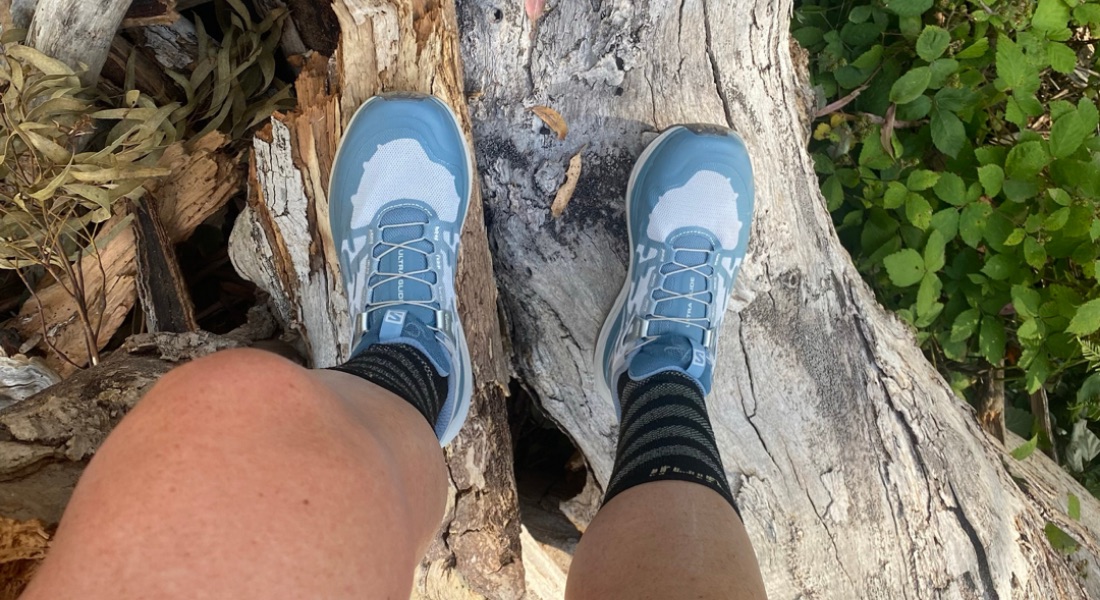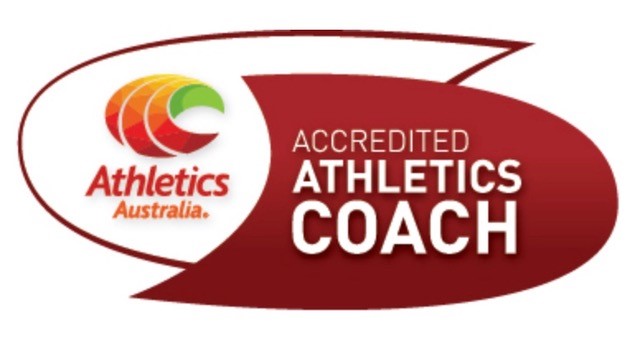The Shoe Review – Planted Runner
Which shoe is the right shoe for you? This is the million-dollar question and one that as a shoe fitter can help guide you to the right brand/shoe but ultimately, the decision lies with how they feel on your feet.
The ‘glass’ slipper
You expect a lot from your footwear; comfort, durability, longevity not to mention a pleasing colour pallet and affordability. No one wants to buy a pair of shoes only to find out on first wear that they are not comfortable or compatible with your body needs; SPOILER ALERT **this is going to happen one or two times in your running lifetime**
When this happens; it’s not a complete failure; as we say ‘you win some, you learn some’ no ‘giving the shoe a go’ is ever wasted. Sometimes you need to make mistakes to understand further what it is you require out of a shoe plus over time your shoe needs will change – this reflects your progress of your athletic journey.
Tips when buying a new running shoe
Ask yourself?
- What type of running am I doing? Road vs Trail or both
- Type of terrain you are running
- How often am I running?
- What is the duration/distance of most runs?
- Do you have any lower limb issues? Achilles tendon, plantar fasciitis
- Do you wear orthotics?
Then you move onto the running shoe itself. What do you care about?
- Fit; wide/slim/neutral/supportive
- Stack height
- Cushioning
- Outsole
- Weight
No one shoe fits all
There is no such thing as a shoe that fits all purposes, unfortunately you can’t get away with a shoe that is a running and work shoe combined; each shoe has it purpose, and you need to respect the design/construct of that shoe in which it is made.
A trail shoe is designed for the rugged nature of dirt, muddy and undulated trails not concrete flooring at your workplace. Sorry.
How many pairs of running shoes should you have?
At a minimum, you should consider having at least two pairs that you are actively using at one time rotating between workouts. Your shoes will last longer as your kilometres are spread across more than one pair of shoes.
Shoes need to recover too
Did you know running shoes need between 24-48 hours between runs to decompress? The foam used in running shoes becomes compacted over time so the longer you can leave between running allows the shoes more time to recover and return closer to their original state offering the greater support and comfort for which you purchased them for in the first place.
Should I buy/wear my trail shoes bigger?
You want to feel supported in your running shoe; a road runner should feel snug in the heel and midfoot with some wiggle room around the toes and the same goes for trail shoes however you should account for some extra ‘thumb’ width of space in the front to ensure your toes don’t press up against the front of the shoe when descending those hills or mountains.
When transitioning over to trail running, road runners make the mistake of buying shoes that fit ‘just right’ not realising that there are a lot more downhills and then suffer feet issues such as:
- Tingling or numbness in the toes
- Blisters between or on top of toes
- Black toenails
And the last most important question, when should I get a new pair of shoes?
Most of us will wear our running shoes way past their ‘expiration” date; the upper has holes and the tread, well what tread?
We expect so much of our running shoes to help support us when we run (not to mention to help us run faster) that we simply forget to buy a new pair. We are hesitant to buy a new pair of shoes because a) we don’t know what to buy and b) we think we should get a lifetime of wear out of them.
As a rule of thumb running shoes should be replaced every 500-700 kilometres, maybe longer or sooner depending on how much you run per week and the type of terrain you run on.
Top 5 Trail shoes
I have no issues admitting I have a lot of running shoes, more trail than road but it’s all relative right? I spend up to 25 hours on the trails each week so my demands on my footwear are high.
Each shoes have a purpose, each shoe fits the different terrain I train and race on but equally they all hold a special place in my heart and on my feet; they support me from the ground up in my trail adventures and for that, I am thankful.
S-Lab Sense 8 SG
- Race Shoe
- Lightweight (205g)
- Minimal cushioning
- Ground feel
- Deeper lugs to anchor you in wet, muddy, and soft terrain
- Stack height 20mm/forefoot 16mm
- Drop 4mm
ON Cloud Ultra
- Training shoe
- Trails and off-road gravel roads (not suitable for super technical terrain)
- Cloud cushioning and comfort
- Medium weight (295g)
- Sustainable (total recycled content 5%)
- Stack height 28mm/forefoot 20mm
- Drop 8mm
La Sportiva Jackal
- Training and race shoe
- Wide fit ideal for ultra distances
- Rock shield
- Shock absorbing toe cap
- Medium weight (280g)
- Stack height 26mm/forefoot 19mm
- Drop 7mm
La Sportiva Akasha
- Training and race shoe
- Ideal for long distances and long training sessions
- Great shock absorption
- Frixion XT sticky rubber providing excellent traction; both wet and dry
- Soft slip-on uppers with tight fit
- Super breathability
- Medium weight (260g)
- Stack height 26mm/forefoot 20mm
- Drop 6mm
Salomon Glide
- Training and race shoe
- Maximum cushioning
- Lightweight comfort (good for long-distance challenges)
- Light foot protection
- Mixed terrain
- Medium weight (283g)
- Stack height 38mm/forefoot 32mm
- Drop 6mm
Need help?
I am currently working at BKT-Trail, 552 Greenhill Road, Hazelwood Park (Adelaide, South Australia) Tuesday, Thursday, and Friday each week sharing my knowledge of shoes and love of trail running (and everything outdoors including walking and hiking).
Please come in and say hi and have me find you your [almost] perfect trail shoe or shoes.











Leave a Reply